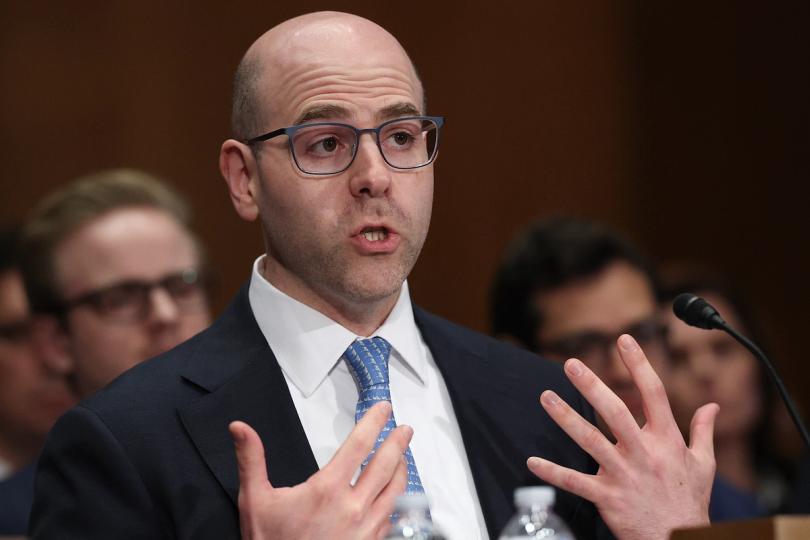US Federal Reserve Governor Stephan Miran, the newest member of the board following his recent confirmation, pointed to stablecoins and the potential for their explosive growth — especially by foreign users — to have major implications for monetary policy.
“Stablecoins could become a multitrillion dollar elephant in the room for central bankers,” Miran said in a Friday speech in New York. He said the Fed staff projects “admissions of between $1 trillion and $3 trillion by the end of the decade.”
“In total, there is less than $7 trillion in Treasuries outstanding today,” he said. “If these forecasts prove to be accurate, the magnitude of additional demand from stablecoins will be too great to ignore.
Miran, who was an economic official in President Donald Trump’s administration before joining the Fed, said he believes stablecoins are unlikely to be the drain on US bank deposits that bankers are deeply concerned about, arguing that the new stablecoin law — the Guiding and Establishing National Innovation for US Stablecoins Act (GENIUS) Act directly allows — does not.
“I therefore expect the majority of demand for stablecoins to come from places that are unable to access dollar-denominated savings instruments, increasing the demand for dollar assets,” he said at the BCVC Summit 2025.
“If a global stablecoin glut is driven by flows out of foreign currency into the US dollar, all things being equal, that will make the dollar stronger,” Miran said. “Depending on the strength of this effect relative to other forces affecting the Fed’s price stability and maximum employment mandates, it may be something that monetary policy responds to.”
Stablecoins are the dollar-pegged tokens that the crypto sector relies on as a staple of trades and contracts, and their issuers—such as Tether with its USDT and Circle with its USDC—recently have to be regulated under the GENIUS Act, which was the first major crypto law established in the US
Miran, who remains on leave from his White House post as chairman of the Council of Economic Advisers, argued that the US financial infrastructure could “use a reboot”, suggesting that the dollar-backed tokens could provide that.
“Stablecoins may well lead the way on this front, facilitating dollar holdings and payments at home and abroad,” he said.
Read more: ECB says US-backed stablecoin use in EU could weaken its monetary autonomy



